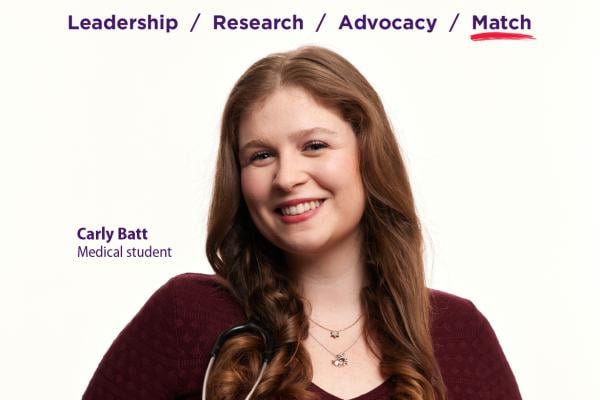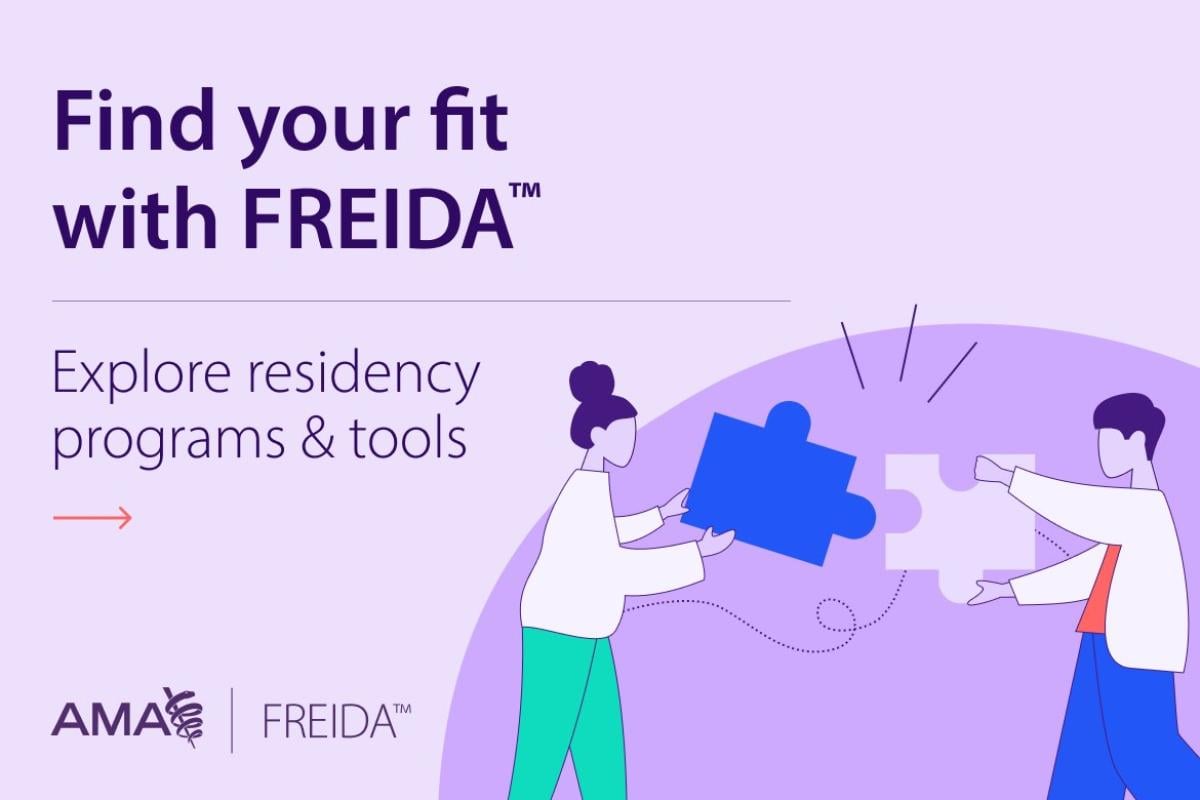Contents
The road to residency can be filled with unexpected twists and turns, and it’s natural to feel a little daunted. Take a deep breath. You’re not alone. Resources and strategies exist that can help you successfully create your plan for Match and beyond.
Breaking it down into steps
Identifying the steps in the Match timeline and their required tasks and deadlines can make the process feel more manageable.
- Summer before medical school year four
- Assemble items for program applications, including letters of recommendation, CV and personal statement.
- Get your token for the Electronic Residency Application Service (ERAS), which allows your school to send these materials to program directors.
- Research programs with FREIDA™, the AMA’s residency and fellowship database.
- First half of medical school year four
- Apply to programs via ERAS starting in September.
- Register for the National Residency Matching Program (NRMP) Main Residency Match.
- Invitations from programs to interview will begin to arrive in early October and can run into November. This is a good time to prepare questions for each program.
- Follow up each interview with a thank you.
- Second half of medical school year four
- The NRMP’s Match ranking process opens in January, generally with a deadline in early March. This is when you’ll certify and submit your final program ranking list.
- And from there, it's the wait for Match Day!
How the AMA can help
The American Medical Association offers helpful tips and resources for all the steps in the Match process. With an AMA membership, medical students can take advantage of these opportunities:
- FREIDA™
- Search for a residency or fellowship from more than 13,000 programs accredited by the Accreditation Council for Graduate Medical Education (ACGME). Get access to a member-only residency calculator and dashboard, where you can save, compare and rank programs.
- The Road to Residency
- Find guidance on transitioning successfully from medical school to residency.
- Thriving in Residency
- Get tips on managing the demands of training, well-being and medical school loan debt.
- Understand residency match slang with this glossary
- Match got you mixed up? Learn these terms to make sense of the alphabet soup.
- Match got you mixed up? Learn these terms to make sense of the alphabet soup.



